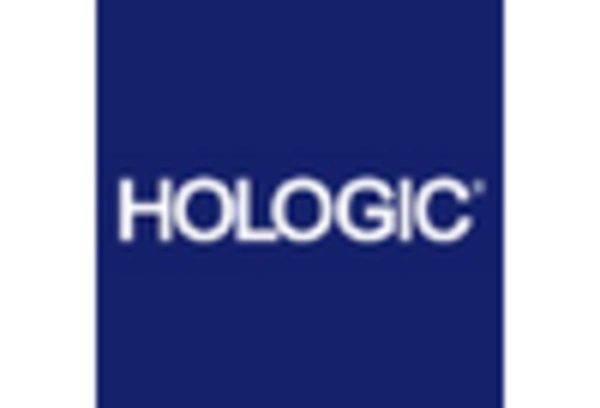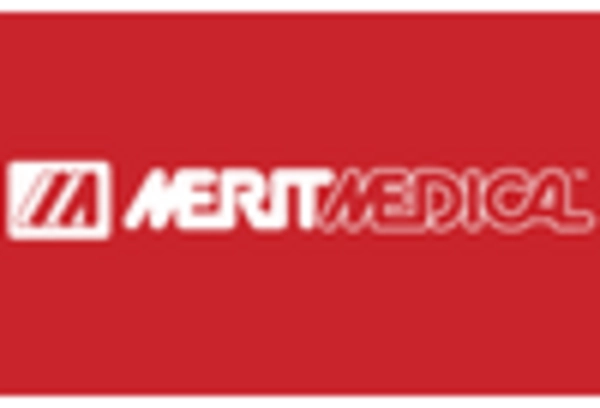Increased Healthcare Expenditure
Japan's healthcare expenditure has been on the rise, which is a significant driver for the bone biopsy market. The government has been investing heavily in healthcare infrastructure and services, aiming to provide better access to advanced medical technologies. In 2025, healthcare spending is projected to reach approximately ¥42 trillion, reflecting a commitment to improving diagnostic capabilities. This increase in funding allows for the procurement of state-of-the-art equipment and training for healthcare professionals, thereby enhancing the quality of bone biopsy procedures. As healthcare facilities expand their services and capabilities, the bone biopsy market is likely to benefit from this upward trend in healthcare investment.
Advancements in Biopsy Techniques
Innovations in biopsy techniques are transforming the landscape of the bone biopsy market. Minimally invasive procedures, such as image-guided biopsies, are gaining traction due to their ability to reduce patient discomfort and recovery time. These advancements not only enhance the accuracy of diagnoses but also improve the overall patient experience. The introduction of new technologies, such as robotic-assisted systems, is expected to further streamline the biopsy process. As healthcare facilities in Japan adopt these advanced techniques, the demand for bone biopsy procedures is anticipated to rise, thereby propelling the market forward. The integration of technology into clinical practice is likely to redefine standards of care in the bone biopsy market.
Rising Incidence of Bone Disorders
The increasing prevalence of bone disorders in Japan is a critical driver for the bone biopsy market. Conditions such as osteoporosis and bone tumors are becoming more common, particularly among the aging population. According to recent health statistics, approximately 30% of individuals over 65 years old in Japan are affected by osteoporosis, leading to a heightened demand for diagnostic procedures, including bone biopsies. This trend indicates a growing need for effective diagnostic tools to assess bone health and guide treatment options. As healthcare providers seek to improve patient outcomes, the bone biopsy market is likely to experience significant growth, driven by the necessity for accurate diagnosis and monitoring of bone-related diseases.
Growing Awareness of Early Diagnosis
There is a growing awareness among the Japanese population regarding the importance of early diagnosis of bone-related diseases. Public health campaigns and educational initiatives are emphasizing the need for regular screenings and timely interventions. This heightened awareness is leading to an increase in patient referrals for bone biopsies, as individuals seek proactive measures to manage their health. The emphasis on preventive care is likely to drive demand for diagnostic procedures, including bone biopsies, as patients and healthcare providers recognize the value of early detection in improving treatment outcomes. Consequently, this trend is expected to positively impact the bone biopsy market.
Regulatory Support for Innovative Diagnostics
The regulatory environment in Japan is becoming increasingly supportive of innovative diagnostic solutions, which is beneficial for the bone biopsy market. The Pharmaceuticals and Medical Devices Agency (PMDA) has been streamlining the approval process for new medical technologies, facilitating quicker access to advanced biopsy tools. This regulatory support encourages manufacturers to invest in research and development, leading to the introduction of novel products in the market. As new and improved biopsy devices gain approval, healthcare providers are likely to adopt these innovations, thereby expanding the scope and efficiency of bone biopsy procedures. This trend indicates a promising future for the bone biopsy market in Japan.

















Leave a Comment